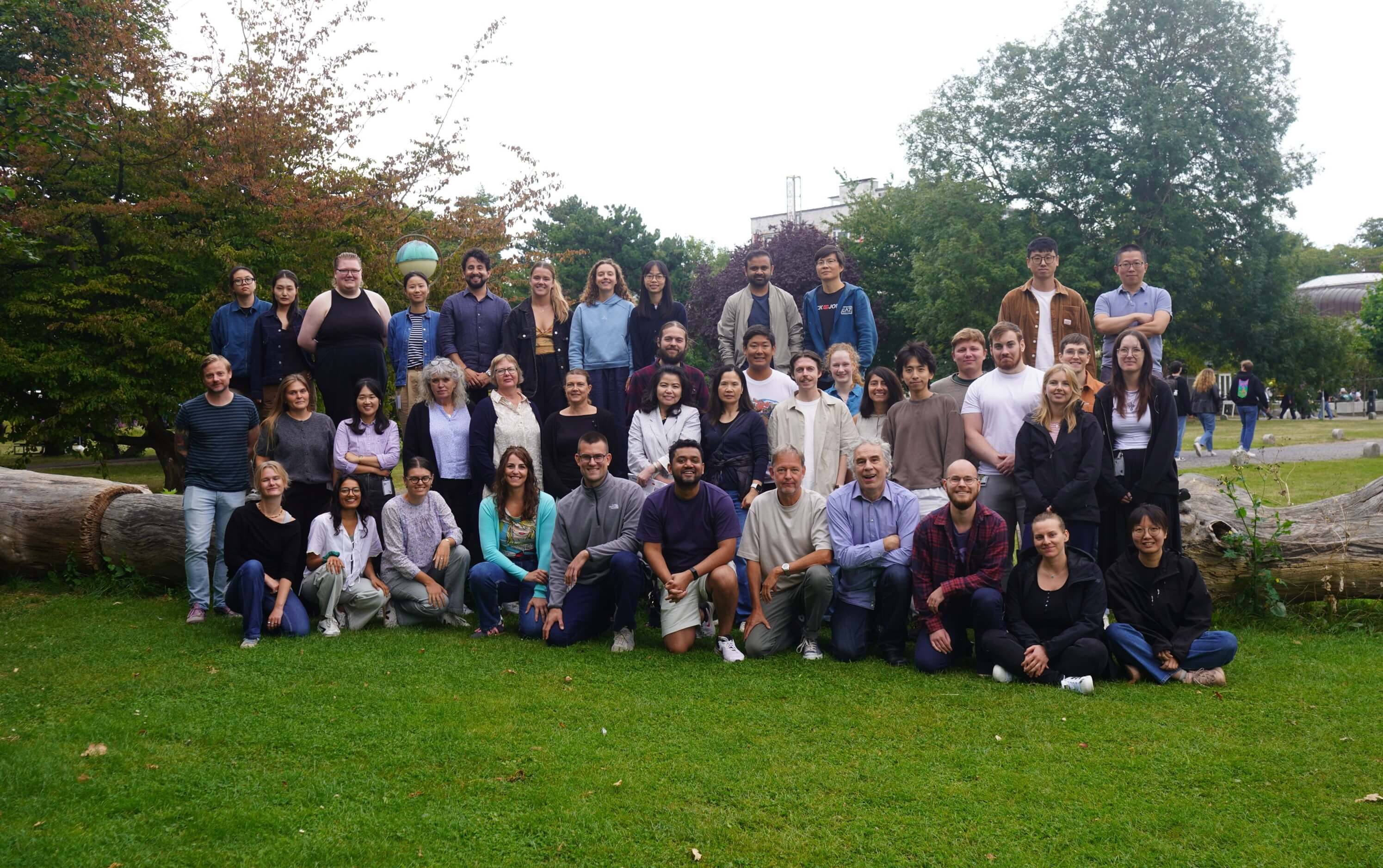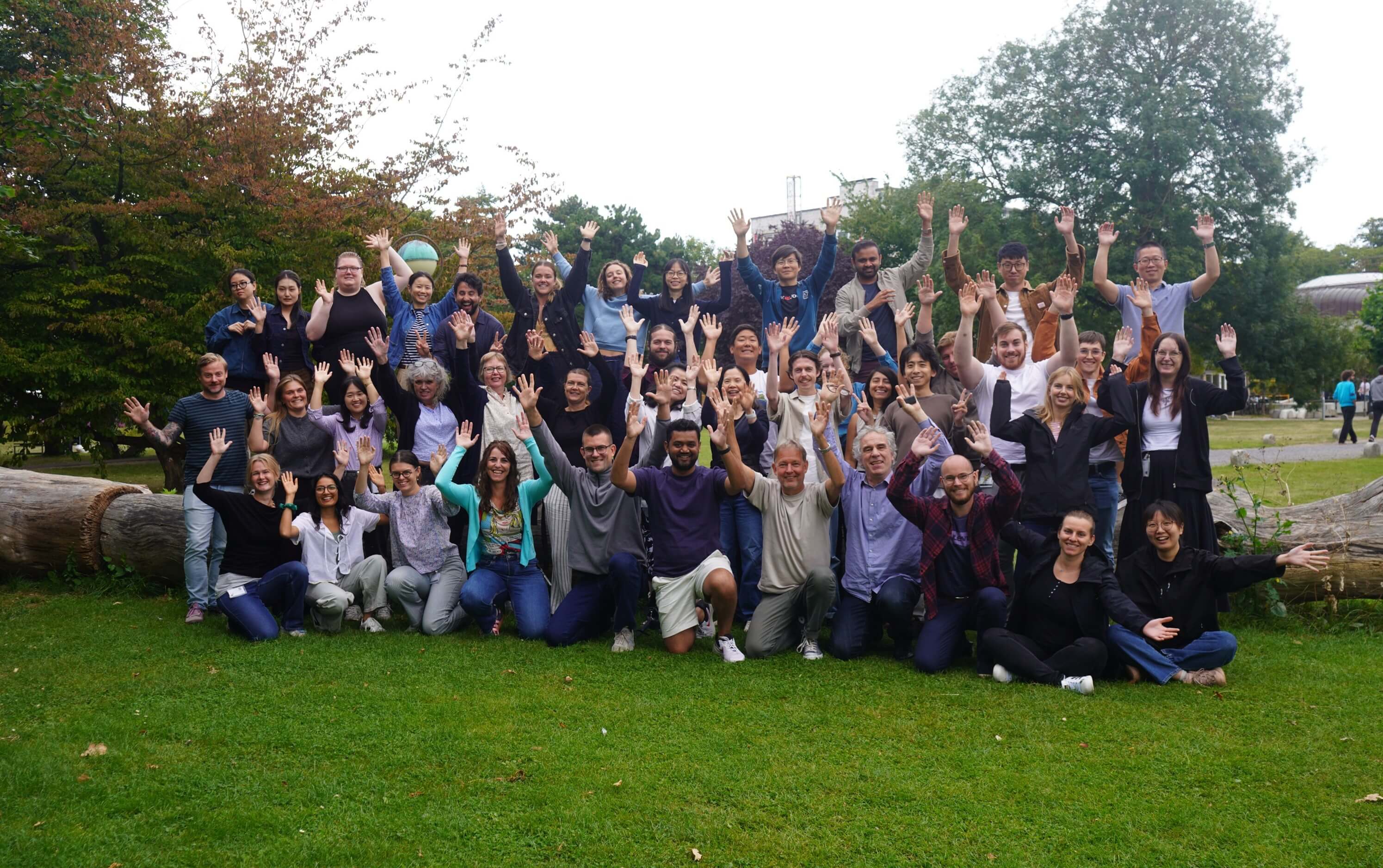Meet the members of the section
Section of Microbiology
Microbes play vital roles including recycling of compounds in nature and in human and animal health. Despite the ability to live as single cells, bacteria and fungi have evolved over billions of years to engage in multicellular networks dominated by complex interactions. We believe that research based on a holistic perception of the microorganisms as integrated members of complex microbial communities will lead to future breakthroughs in the research for a better environment and for human health.
Our research on complex microbial communities is conducted within seven interconnected main topics: Phage biology, bacterial and microbial immunity, microbiomics, multispecies biofilms, social systems microbiology, and soil microbiology.
At the section of Microbiology we use a selection specialist technology platforms such as high throughput sequencing or in situ reporter systems to investigate microbial interactions in environments, host associated microbiomes or in vitro or synthetic model systems. We are constantly refining and improving these systems by continued development and collaboration with experts from around the world. If you think some of these may be useful for you or your department, or have an idea for a common project we would like to hear from you.
Explore our technology platform and get in touch to learn how we can collaborate.
- Confocal Microscopy
- Flow Cytometry
- Sequencing
- Reporter Systems
CRISPRCasTyper
A powerful tool for identifying and typing CRISPR arrays and cas loci in prokaryotic genomes, including orphan and distant arrays.
Key features:
- Supports 44 CRISPR-Cas subtypes/variants
- Subtypes CRISPR arrays based on direct repeat sequences
- Interactive gene maps for visualization
- Benchmark showing high accuracy
Links:
DAtest - differential abundance analysis
DAtest is an R package that helps researchers evaluate different methods for differential abundance analysis.
Key features:
- Compares multiple methods using spike-in and permutation techniques
- Assesses sensitivity and specificity on your own dataset
- Supports method selection based on robustness
Links:
RCon3D - quantitative 3D analyses of confocal microscopy images
RCon3D is an R package for high-throughput 3D analysis of confocal microscopy images of microbial communities and biofilms.
Key features:
- Co-aggregation and spatial occupancy analysis
- Quantification of microbial aggregates
- Dynamic biofilm sectioning based on biomass
- Applied in several peer-reviewed studies
Links:
- GitHub
- Used in: Liu et al. (2017, 2018), Røder et al. (2018)
Amplicon data analysis
A comprehensive R-based tutorial for analyzing amplicon sequencing data – ideal for students and researchers new to microbiome data analysis.
Highlights:
- Covers the entire workflow from raw data to statistics and plots
- Includes background material, code snippets, and links to further reading
- Used in the course The Human Microbiome – The Experiment
Links:
The Section of Microbiology offers courses at both bachelor and master’s level within general and advanced microbiology, microbial biotechnology, and human-microbe interactions. Courses are taught in either English or Danish and are part of the BSc in Biology, BSc in Molecular Biomedicine, MSc in Biology, MSc in Biochemistry, and MSc in Molecular Biomedicine.
Bachelor courses
- Almen mikrobiologi
- Microbial Biotechnology
- Molecular Microbiology
- Molecular Biology, Genetics and Biotechnology
- Metagenomic Analyses of Microbiomes
Master courses
At the Section of Microbiology, sustainability is an integral part of both research and teaching. The section has been a frontrunner in implementing greener laboratory practices and has achieved the prestigious LEAF Gold Certification twice in a row (2024 and 2025).
Through initiatives such as reducing data storage to lower CO2 emissions and costs, and by integrating sustainable routines into daily lab work, the lab demonstrates how environmental responsibility can be embedded into scientific practice.
Guided by dedicated LEAF coordinators, the team has made sustainability a natural part of their workflows, serving as an inspiration for students and colleagues who wish to incorporate greener approaches in their own academic and professional activities.



